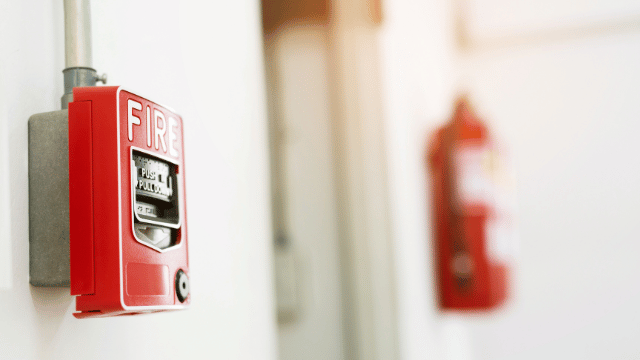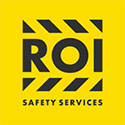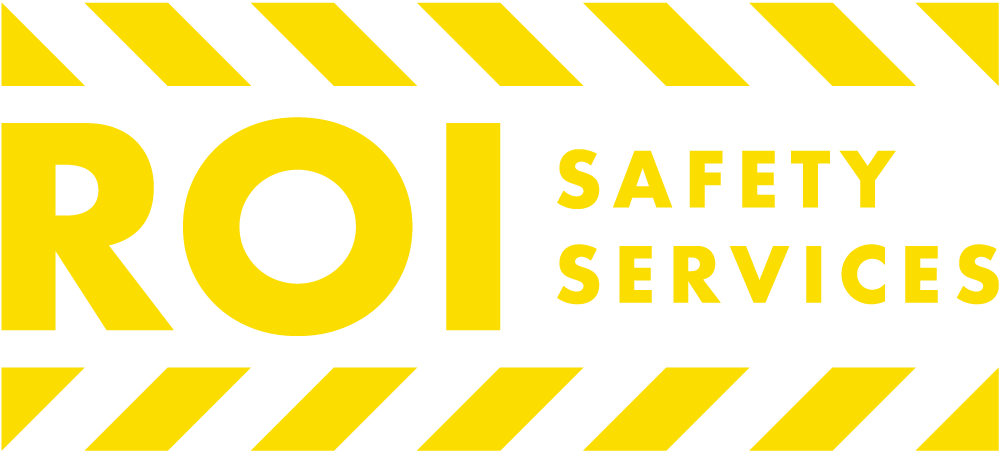Fire safety is crucial for every home and workplace, ensuring everyone knows how to act in an emergency. Understanding the five key steps can significantly reduce risks and protect lives.
By embracing these essential fire safety measures, individuals create a safer environment and feel more confident handling unexpected situations. From prevention strategies to effective emergency responses, each step plays a vital role in comprehensive fire safety planning.

Step One: Fire Prevention Strategies
Effective fire prevention minimizes risks and protects lives in both homes and workplaces. Implementing robust strategies ensures a safer environment.
Identifying Fire Hazards
Recognizing potential fire hazards is crucial for prevention. Common sources include:
- Electrical Equipment: Faulty wiring, overloaded circuits, and malfunctioning appliances.
- Flammable Materials: Improper storage of chemicals, paper, and textiles.
- Cooking Areas: Unattended cooking and grease buildup.
- Heating Devices: Space heaters placed too close to combustible items.
Regular inspections and risk assessments help identify and mitigate these hazards before they escalate.
Implementing Safety Measures
Deploying comprehensive safety measures reduces fire risks effectively. Key actions involve:
- Installing Smoke Detectors: Place detectors on every level and test them monthly.
- Maintaining Fire Extinguishers: Ensure accessibility and conduct annual inspections.
- Establishing Clear Evacuation Routes: Designate exits and conduct regular drills.
- Enforcing No-Smoking Policies: Restrict smoking to designated areas away from flammable materials.
Adhering to these measures creates a proactive fire prevention framework, enhancing overall safety.
Step Two: Fire Detection Systems
Reliable fire detection systems provide early warnings, enabling swift action to prevent extensive damage and ensure safety.
Smoke Alarms
Smoke alarms detect smoke particles, triggering alerts to occupants. Install alarms on every level, inside each bedroom, and in common areas. Test alarms monthly and replace batteries annually to maintain effectiveness. Opt for interconnected alarms to ensure all units sound simultaneously during an emergency.
Fire Sprinklers
Fire sprinklers automatically activate when high temperatures are detected, controlling fire spread. Integrate sprinkler systems in key areas such as kitchens, hallways, and storage rooms. Schedule regular inspections and maintenance to ensure system reliability. Comply with local fire codes to enhance overall protection.
Step Three: Fire Suppression Techniques
Effective fire suppression techniques control and extinguish fires swiftly, reducing damage and safeguarding lives. Implementing these methods ensures preparedness during emergencies.
Extinguishing Methods
Fire suppression involves various methods tailored to different fire types. Water extinguishes Class A fires involving ordinary combustibles. Carbon dioxide (CO₂) targets Class B and C fires, suitable for flammable liquids and electrical equipment. Dry chemical extinguishers offer versatility, effective on Class A, B, and C fires. Foam agents suffocate fires by cutting off oxygen supply, ideal for liquid fuel fires. Understanding each method ensures appropriate response during incidents.
Using Fire Extinguishers
Proper use of fire extinguishers enhances fire suppression effectiveness. Follow the PASS technique: Pull the pin, Aim at the base, Squeeze the handle, and Sweep side to side. Regular training ensures individuals can operate extinguishers confidently under pressure. Inspect extinguishers monthly for accessibility and functionality. Maintaining correct extinguisher types for specific fire classes optimizes safety measures. Integrating extinguishers into comprehensive fire safety plans is essential for efficient fire management.
Step Four: Evacuation Planning
A robust evacuation plan ensures swift, orderly exits during a fire emergency, reducing risks and protecting lives.
Creating an Evacuation Plan
Creating an evacuation plan involves identifying routes, designating assembly points, assigning roles, displaying maps, and establishing communication protocols to ensure safety during emergencies.
- Identify Evacuation Routes: Map all exit paths, ensuring compliance with local fire codes and accessibility standards.
- Designate Assembly Points: Establish safe meeting areas outside the building for accounting of all occupants.
- Assign Roles and Responsibilities: Allocate tasks such as floor wardens and first responders to streamline the evacuation process.
- Display Evacuation Maps: Install clear, visible maps in key locations to guide occupants during an emergency.
- Implement Communication Protocols: Set up reliable systems to deliver evacuation instructions and updates to all individuals.
Conducting Drills
Conducting drills regularly reinforces evacuation readiness and identifies improvements for the evacuation plan.
- Schedule Routine Drills: Conduct evacuations twice annually to maintain readiness and comply with OSHA standards.
- Simulate Various Scenarios: Practice different fire situations to test the plan’s effectiveness under diverse conditions.
- Evaluate Performance: Review evacuation speed and efficiency, addressing any delays or confusion encountered.
- Provide Feedback and Training: Offer targeted training based on drill outcomes to improve response strategies.
- Document Drill Results: Record each drill’s findings to monitor progress and ensure continuous adherence to safety protocols.
Step Five: Education and Training
Effective education and training are essential for maintaining fire safety standards across all environments. ROI Safety Services provides comprehensive on-site OSHA safety training tailored to meet diverse client needs statewide.
Fire Safety Training Programs
ROI Safety Services offers tailored fire safety training programs designed to equip employees with the knowledge and skills necessary to respond effectively during fire emergencies. Programs include:
- Fire Extinguisher Training: Demonstrates proper use of different types of fire extinguishers.
- Evacuation Drills: Conducts regular drills to ensure familiarity with evacuation routes and procedures.
- Emergency Response Training: Teaches protocols for immediate actions during a fire incident.
- OSHA Compliance Training: Ensures organizations meet state and federal fire safety regulations.
These programs are delivered by certified trainers who provide hands-on instruction and real-world scenarios to enhance learning outcomes.
Raising Awareness
Raising fire safety awareness is crucial for preventing incidents and ensuring preparedness. ROI Safety Services implements various strategies to increase awareness, including:
- Workshops and Seminars: Hosts interactive sessions to educate employees on fire hazards and safety practices.
- Informational Materials: Distributes guides, posters, and checklists to reinforce fire safety protocols.
- Regular Assessments: Conducts safety audits to identify potential risks and address them proactively.
- Continuous Education: Offers ongoing training updates to keep staff informed about the latest fire safety standards and technologies.
By fostering a culture of safety, organizations can significantly reduce fire risks and enhance overall workplace security.
Conclusion
Fire safety is essential for protecting lives and property. By adopting these five steps individuals create a secure environment. Implementing prevention strategies detection systems suppression techniques evacuation plans and ongoing education ensures readiness in emergencies.
Taking proactive measures builds confidence in handling unexpected situations. Embracing fire safety not only minimizes risks but also fosters a culture of safety in homes and workplaces. Prioritizing these steps makes a significant difference in maintaining secure and resilient spaces.

